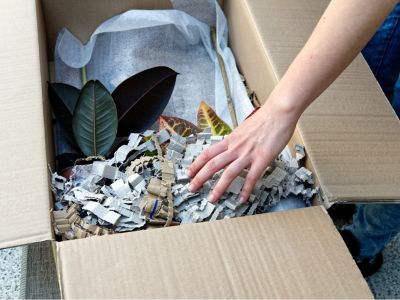What is a Plant Swap?
A house plant swap is just what it sounds like: trading plants with friends, family, and neighbors. By trading cuttings or divisions from your successful houseplants, you can share with others and get new plants in return.
How Does a Plant Swap Work?
This is entirely up to you. You can talk to one neighbor and trade cuttings, or set up a larger event to get more variety and participants. You may also be able to find community swaps already set up in your area. In general, a plant swap works like this:
Communicate with friends about swapping. Determine which of your plants others want. Tell friends what you’re interested in swapping for. Take cuttings of your plants and wrap them in a moist paper towel for the swap. Meet up individually or go to the organized swap to begin trading.
Before participating in a swap, make sure you know how to take cuttings properly. First, do some research to determine the best type of cutting to make for your specific plants. Most require a simple stem cutting, but some plants propagate by leaf or stem section. For most plants, a cutting should be four to six inches (10 to 15 cm.) long. Use a sharp knife or shears to make a clean cut just below a node, where leaves attach to the stem. Remove lower leaves, keeping two or three at the top of the stem. Wrap the bottom of the cutting in wet paper towel for transport to its new owner.
Plant Swap Ideas
There are many ways to have a successful plant swap, even if it’s only between two friends:
Neighborhood swap. If you don’t see any swaps going on in your area, host one. Send out the date and time to neighbors, friends, and community gardening groups. Encourage participants to bring labeled cuttings from their plants for an open swap. Long-distance swap. If you have friends and family out of state, host a virtual swap. Share what you have online and then plan to ship plant cuttings. Check on the USDA website to make sure there are no restrictions on your plant first. Then, prepare the plant by wrapping the roots or end of the cutting in a wet paper towel. Make sure it fits securely in a box to avoid damage, and label it “fragile.” Join an online swap. You can find online communities of people willing to swap cuttings. Most likely, you’ll need to prepare to ship and receive cuttings long distance. This is a great way to find something unusual.
A plant swap is whatever you make it. From small, individual trades to online international swaps, sharing cuttings is a great way to expand your collection.
